PVC Fittings and PVC Connection Guide
Generally, I get many questions related to PVC plastic, and most of them are about fittings and connections. These questions often include pipe sizes & fittings and also dimensions.
Asking questions about these topics is okay because they are confusing. But, then, there are questions about fittings themselves and what they’re meant for.
A PVC fitting is a partible piece of pipe used to join two pipe pieces without adhesive. It is a simpler way of connecting pipes and tubes. PVC fittings mostly use bolts to connect the two surfaces and are available with either slip or thread ends. PVC Fittings are also called connectors and are utilized in plumbing needs.
General pipe fittings knowledge can be overwhelming for someone new to the PVC industry.
The purpose of publishing this article is to expand your understanding of PVC. All information sourced in this article comes from extensive research and analysis.
The guide will include all significant PVC fittings and how and why to use them with complete precision.
What is Pipe Fitting Sizes
There is a standard metric called Pipe scheduling, which is a nominal system for pipe sizing.
That means all parts with the same size in their name will be compatible with each other, and all 1″ fittings will be compatible with 1″ pipe.
That sounds easy, right, but here’s the confusing part: the PVC pipe’s outer diameter (OD) is greater than the size in its name.
This means that a 1″ PVC pipe will have an OD that is more than 1, and a 1″ PVC fitting will have an even greater OD than the pipe.
When working with PVC sizes and fittings, the most vital thing is the nominal size.
A 1″ fitting pipe will fit on a 1″ pipe; it doesn’t matter if the other one is schedule 40 or 80. at the same time, a 1″ socket fitting has an opening broader than 1″ across.
It will fit easily on a 1″ pipe as the OD of that pipe is also more than 1.”
However, similar rules will become useless when you fit a PVC pipe with a non-PVC pipe. In a scenario like that, the OD of the pipe will become more important than the nominal size.
Both will be compatible if the OD pipe is similar to the ID (Inner Diameter) of the fitting it’s getting into. However, a 1″ fitting will not be compatible with a 1″ steel pipe because they have similar nominal sizes.
You can take a look at the PVC pipe fittings chart below for the general properties and attributes:
| Nominal Pipe Size (NPS) | Outside Diameter (OD) | Schedule 40 Wall Thickness | Maximum Pressure (PSI) | Schedule 80 Wall Thickness |
Maximum Pressure (PSI)
|
| 1/8″ | 0.405 | 0.068 | 810 | 0.095 | 1230 |
| 1/4 | 0.54 | 0.088 | 780 | 0.119 | 1130 |
| 3/8 | 0.675 | 0.091 | 620 | 0.126 | 920 |
| 1/2 | 0.84 | 0.109 | 600 | 0.147 | 850 |
| 3/4 | 1.05 | 0.113 | 480 | 0.154 | 690 |
| 1 | 1.315 | 0.133 | 450 | 0.179 | 630 |
| 1 1/4 | 1.66 | 0.14 | 370 | 0.191 | 520 |
| 1 1/2 | 1.9 | 0.145 | 330 | 0.2 | 470 |
| 2 | 2.375 | 0.154 | 280 | 0.218 | 400 |
| 2 1/2 | 2.875 | 0.203 | 300 | 0.276 | 420 |
| 3 | 3.5 | 0.216 | 260 | 0.3 | 370 |
| 3 1/2 | 4 | 0.226 | 240 | 0.318 | 350 |
| 4 | 4.5 | 0.237 | 220 | 0.337 | 320 |
| 5 | 5.563 | 0.258 | 190 | 0.375 | 290 |
| 6 | 6.625 | 0.28 | 180 | 0.432 | 280 |
| 8 | 8.625 | 0.322 | 160 | 0.5 | 250 |
| 10 | 10.75 | 0.365 | 140 | 0.593 | 230 |
| 12 | 12.75 | 0.406 | 130 | 0.687 | 230 |
| 14 | 14 | 0.437 | 130 | 0.75 | 220 |
| 16 | 16 | 0.5 | 130 | 0.843 | 220 |
| 18 | 18 | 0.562 | 130 | 0.937 | 220 |
| 20 | 20 | 0.593 | 120 | 1.031 | 220 |
| 24 | 24 | 0.687 | 120 | 1.218 | 210 |
Interesting Read – ABS Pipe Sizes & Dimensions For Schedule 40 and 80
PVC End Types and Adhesives
PVC pipes and fittings will fit together tight or close-fittingly without any adhesives. However, they wouldn’t be watertight. So if fluids are supposed to pass from your pipe, you need to ensure no leaks.
To do, there are various ways to, and which method you will use depends on what you are connecting.
I’m sure everyone has seen a PVC pipe at least once. PVC pipe itself doesn’t have any intertwined or threaded ends.
That’s the prime reason why most PVC pipes have slip ends. “Slip” in PVC doesn’t mean the fitting will be slippery. Instead, it means that the fitting will slip right over the pipe.
When in slip fitting, the connection might seem tight and hard; however, it needs to be sealed to transport any liquid.
PVC cement seals the pipe through a chemical reaction, forming a chemical bond between the plastic of one part and another.
You will require PVC cement and primer for a perfect seal on slip fitting.
They have their jobs defined; the primer softens the inside part of the fittings, readying it to bond, while the cement keeps the two pieces bonded together tight.
Interwinwided fitting needs to be sealed differently. The prime reason motivating people to use intertwined or threaded parts is that they move around quickly when necessary.
Importantly, PVC cement joins pipes together, so if used on intertwined joints, it will make a seal and turn the threads useless.
Using PTFE thread tape is a great way to seal intertwined points and keep them working perfectly.
You must wrap the tape around the male thread several times to keep the connection sealed and lubricated.
Later, when you have to come back for maintenance, the fittings can still unscrew.
Engaging Read – CPVC VS PVC | Difference Between PVC and CPVC
Regular Fittings VS Furniture Grade Fittings
A general question for people working in the PVC connection industry is the difference between regular and furniture grade fittings.
The answer is simple; A general furniture grade fitting PVC would not have manufacturer printing or bar codes.
They are clean and slick, found mainly in white or black color. That makes them a perfect fit for applications where the pipe will be visible, whether used for furniture or not.
However, you might have to compromise the durability department when choosing furniture-grade PVC.
The sizes are the same as regular fittings; for instance, a 1″ furniture grade fitting and a 1″ regular fitting will fit on a 1″ pipe.
PVC Fittings And PVC Connector Types: Explanation & Applications
PVC fittings, aka PVC connectors, bring everything together; as the name suggests, they connect the pipe.
Below is the list of the most common PVC fitting items available. Each entrance contains an illustration of the fitting and possible applications for it.
Note that each fitting has innumerable iterations and uses. Therefore, always keep this in mind while processing material from your supplier.
Couplings and Unions
Coupling, Source-Indiamart.com
Couplings are the most inexpensive and straightforward type of PVC fitting. The coupling design is in a straight line that connects or “couples” one part to another, often permanently.
They can join pipe to pipe and pipe to the fitting. Some come with reducing, so you can join a large pipe to a small pipe and vice versa.
Depending on your requirement, PVC Couplings types are available in slip and female threaded ends.
Union,Source-Indiamart.com
Coming to Unions, like couplings, connect things, but it isn’t a permanent solution and can be separated or taken apart.
Unions are often used to build temporary structures without the need for sealants or gluing, such as tent structures that can be removed once the need is over.
They are equipped with a ring in the center that divides the ends from each other, allowing smooth disconnection and maintenance.
Elbows
Elbows, Source - amazon.com
PVC elbows are utilized when you want your piping system to make a turn or get around something in the way.
The elbow will help you bend the pipe to make it happen. These elbows are readily available in 90- and 45 degrees angles, so your pipeline can be turned any way you want.
Slide elbows are also mainstream, spotted at corners in projects such as tents, displays, boxes, and canopies.
They have three ends instead of two. Most elbows have slip socket ends, but threaded variations can also be available.
Interesting Read – PVDF Pipe Sizes and Dimensions | The Complete Guide
Tees
Tees, Source - Bunnings.com
PVC tees allow a pipeline to divide into two lines with a 90-degree connection. It does that because of its three ends, two in a straight line and one on the side.
Tees are also helpful for connecting two lines into one pipeline into one main line. Therefore, they are also sometimes utilized in PVC structures.
Tees are incredibly adaptable and versatile fittings, making them one of the most utilized fittings in the PVC industry.
Tees are primarily found in slip socket ends, but ones with three ends are also available.
Crosses
Crosses are a less common fitting type used for joining four pipe sections. They have four slip connections (S x S x S x S) that meet at 90-degree angles, forming a “plus” shape.
Mostly utilized for diving fluid flow into different directions, crosses can also be helpful when building a framework out of PVC pipe. Crosses can add a significant level of structural integrity to a framework.
Adapters (Male and Female)
Source - ebay.com
Adapters, also known as reducing couplings, are an incredibly handy fitting. The purpose of these fittings is to change the end type of the pipe, allowing it to join with pipes and fittings of many sizes.
They have slip sockets or threaded ends to join with countless varieties of pipes. Adapters can be male and female threaded, as well as sockets and spigots.
Bushings
Bushings, Source - Calam.net
Bushings are very similar to adapters but are used for connecting pipes of different diameters by reducing the fitting.
Bushings are also generally threaded, separating them from other fittings. This makes tweaking with varying kinds of connections and maintenance easier.
Bushings are commonly found in landscaping, agriculture, and aquaculture applications as it is better at handling water than metal fittings that may corrode.
Fascinating Read – PEX Pipe Sizes & Dimensions | The Complete Guide
Nipples
Nipple, Source - Indiamart.com
While this is rare, once in a blue moon, you will face a situation where you must connect two female ends in a PVC connection.
The only fitting that can do the job is the nipple.
A nipple is a fitting with two male threaded ends. They are made from Schedule 80 PVC because a fitting must be solid. However, they are still suitable for Schedule 40 parts.
Caps and Plugs
Caps have only one task on their hands; stopping the flow. They are joined at the end of a pipeline that doesn’t need to be connected to another pipe.
They can stop a pipeline that you plan on expanding or stretching later or give you easy access to the pipeline when required.
They also give a pleasant look to the piping done in building projects. Caps go outside the pipe, so they can only have a female threaded or socket end.
Plugs are similar to caps; the only difference is that they stop the flow in the fitting, not the pipe. Meaning that plugs are put inside the fitting. As it goes at the side of the fitting, it will either have a male threaded or a spigot end.
Flanges
Flanges, Source - Vindex.com.au
Flanges are unique fittings used for attaching accessories and other constituents of pipe. They can also be used to enhance the durability of a pipe. You will find the most common type of flang on the base of your toilet.
Flanges resemble discs and create a hard seal by joining two surfaces with clamps, edges, bolts, or compressive force. However, bolts are the most common method for joining two characters together.
PVC flanges are found with slip or threaded ends. They are usually made from Schedule 80 PVC because of the strength required.
FAQs
Below are the frequently asked questions on PVC connectors. Let’s dig deep to know more.
How is PVC connected?
PVC pipes and fittings are connected by cement. However, cement forms an incredibly strong bond, and liquid PVC cement will melt the surface layer of the plastics, gluing them together in a process known as solvent welding. Done properly, solvent welded pipes can be more durable than solid pipes.
Which is the best glue for PVC?
The best adhesives for bonding PVC are Cyanoacrylates UV curable adhesives because one of the substrates needs to transmit UV light.
How long is a PVC pipe?
A standard PVC pipe is 10 feet to 20 feet long.
Is PVC piping better than copper?
Contrary to copper pipes, PVC pipes can resist corrosion as they are plastic and thicker than copper pipes, they can also withstand a good amount of pressure and impact. In addition, PVC pipes are better placed in high-traffic areas as it’s not a good heat conductor like copper.
How much weight can PVC pipe hold?
Most PVC pipes can hold at least 28 pounds of weight before they start bending. However, sometimes longer PVC pipes begin to bend under their weight. A prime rule of thumb is never to use PVC pipes to hold larger quantities of weight, especially if you don’t want them to become stiff.
Suggested Read
- Types of Gates for Injection Molding – A Detailed Guide
- Plexiglass Vs. Acrylic | What are the Differences and Similarities?
- What is Processing and Drying Temperatures of Plastics
- What is the Glass Transition Temperature of Plastics?
Final Thoughts
That’s all I wanted to say about PVC connection and fittings. These fittings are essential for pipeline management, and knowing the application of these connectors can prove to be highly efficient for anybody or any company producing PVC services.
Thanks for reading. Share the piece if you thought it was helpful, and also leave a comment with your opinions about the piece.
Have a wonderful day.
Quick Navigation

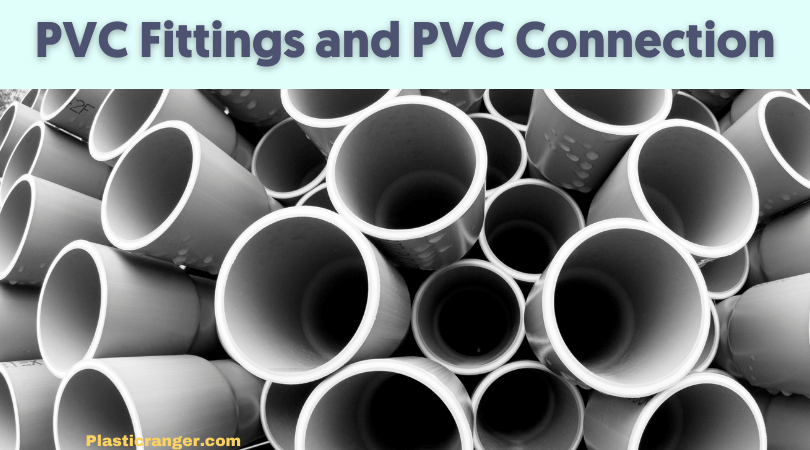
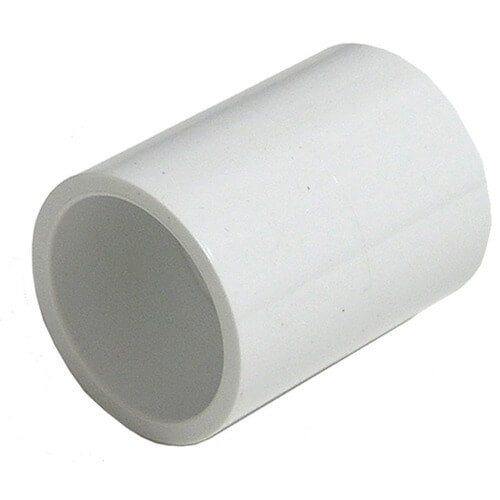
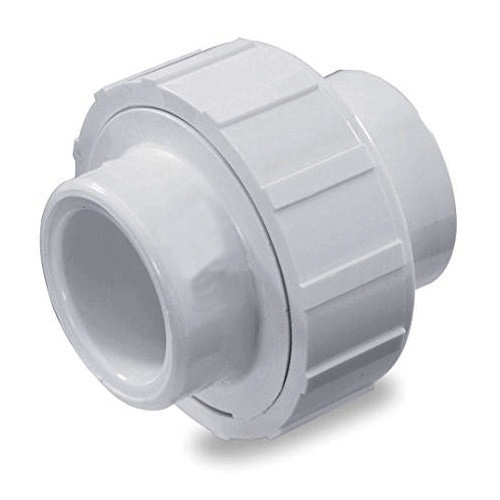
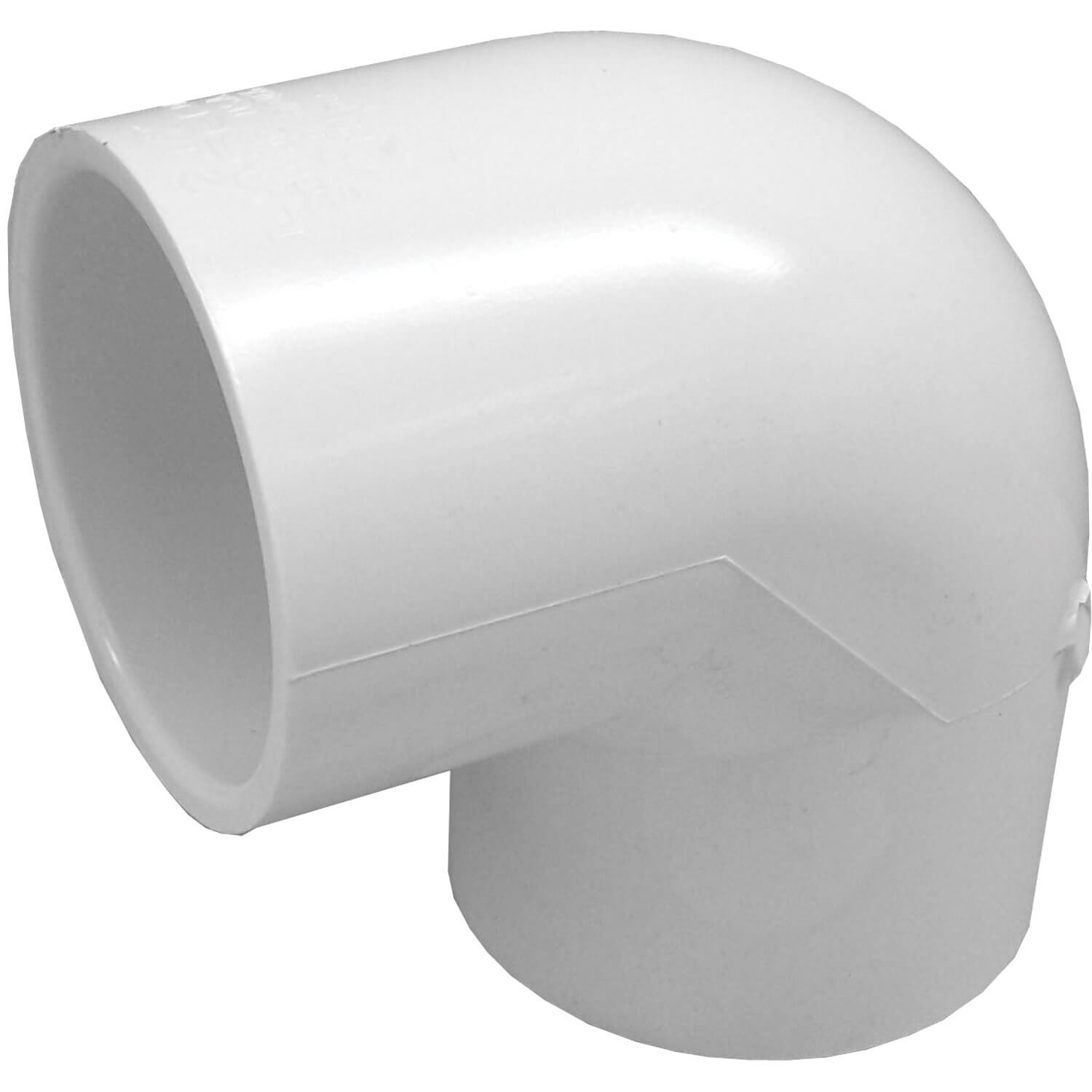
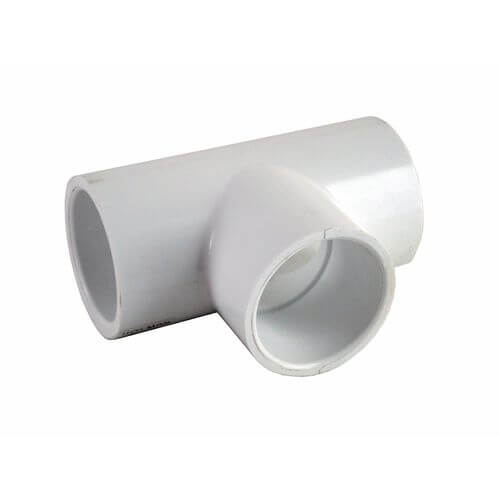
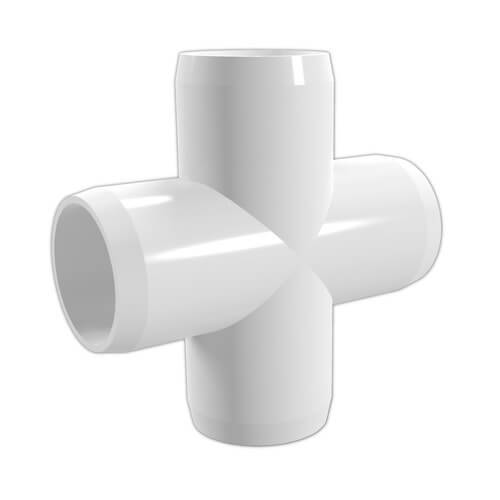

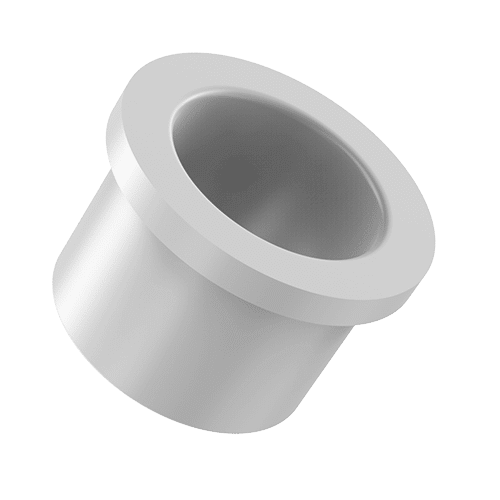
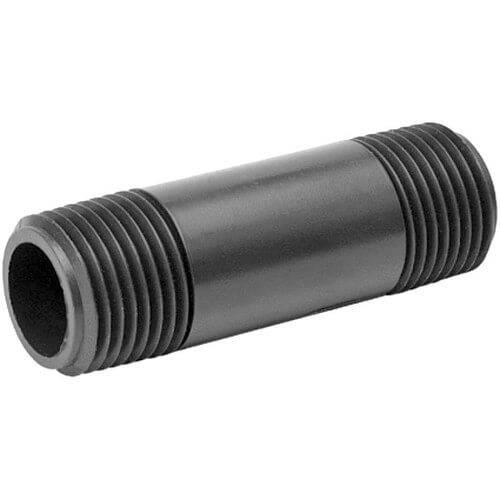
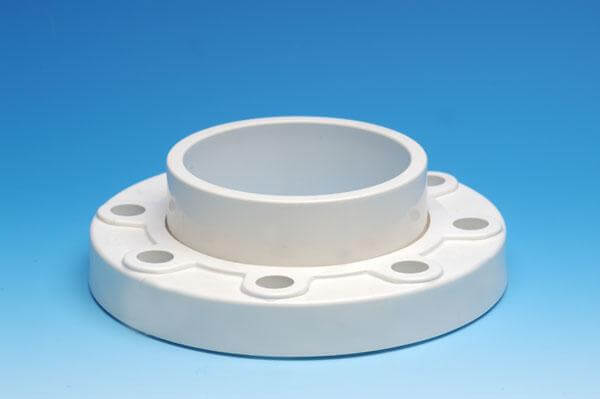
Nicely written article on PVC fittings and PVC connections. I admire the depth of the information you have provided.
Thank you very much.
Which PVC fittings are best for household applications?
Wonderful article on pvc fittings. Solved all my doubts. Also, the article on PVC pipe sizes is also quite informative.
Thank you very much
Fantastic piece of information.
Thanks
Lovley article. All my doubts are sorted
Heartly thanks
Nice info on PVC fittings.
Thanks
Great blog post! As a fellow plumber, I found the information on PVC fittings and connections to be very helpful. It’s always good to have a Refresher on the basics, especially when working with complex systems. thanks for sharing your knowledge!
thanks for the feedback
That info was neat
Thanks
Thats a wonderful article. Thanks
My pleasure
Its good top see that there are a still some people on the internet who are willing to share good info rather than misguiding their readers
Thanks for the appreciation.
PVC fittings are simplified for me now
Thanks a bunch
What an article. all my questions are resolved.
Thanks a bunch.
Lovely info
Thanks
Good information.
Thanks
The information regarding PVC fittings has been excellently summarized here.
Thanks
very credible info. keep doing the good work.
thanks
PVC fittings were never this simple to understand.
Understanding PVC fittings has never been this easy.
Thanks
Lovely info about PVC fittings
Thanks
One of the finest articles about PVC fittings on the internet.
very well phased out information.
thanks